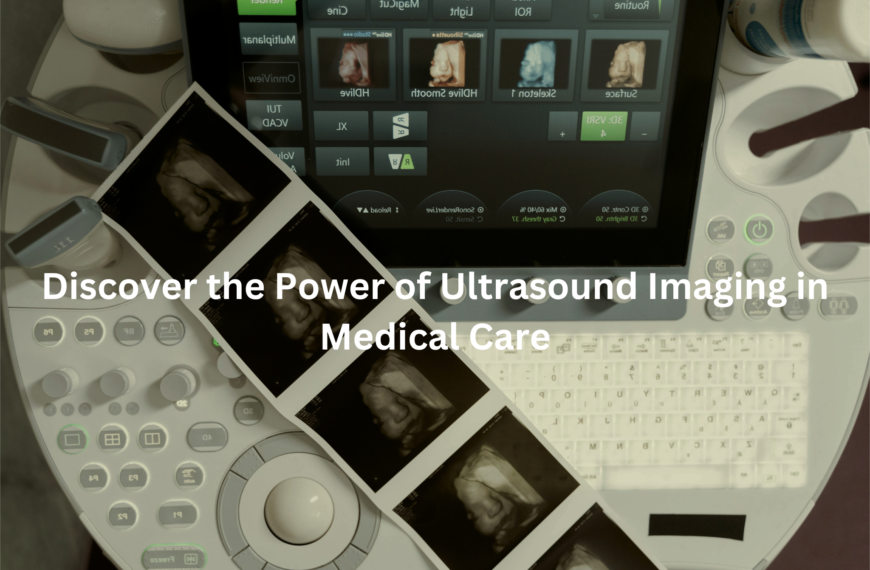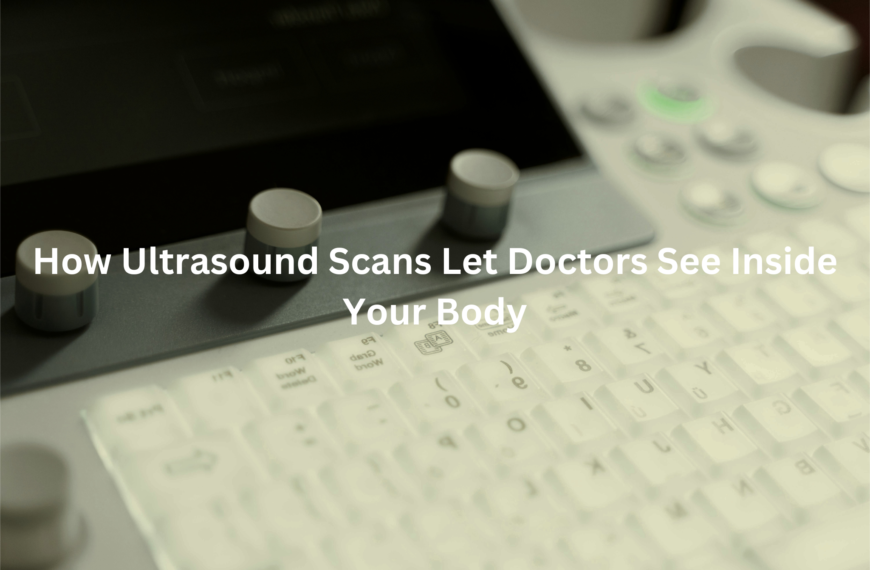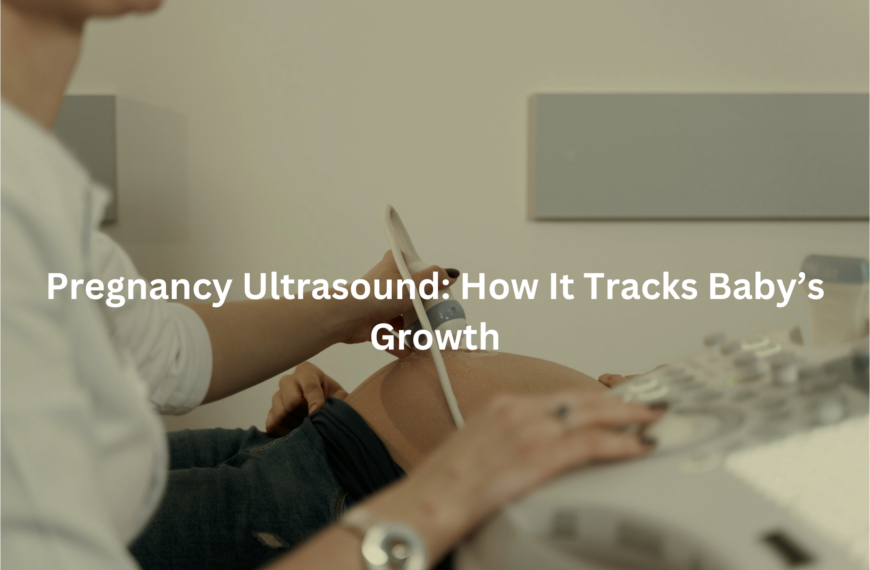Learn about mammography, its benefits, and important facts to stay informed about breast health.
Mammography is an essential tool for early breast cancer detection. Using X-rays, it allows doctors to spot even small tumours before they have a chance to grow. Regular screenings can be life-saving, significantly reducing the risk of dying from breast cancer, according to the Cancer Council Australia.
Women aged 40 and over are encouraged to start routine mammograms, especially if there’s a family history of the disease or other risk factors. Understanding the process and benefits of mammograms is crucial for every woman. Keep reading to learn how mammograms work and why they’re so important for your health.
Key Takeaway
- Mammograms help find small cancers early, which can save lives.
- Women aged 40 and older should get regular mammograms.
- There are many myths about mammograms that need to be cleared up.
Mammogram Overview
A mammogram is an X-ray image of the breast tissue that helps doctors detect any changes or potential issues. During the test, a small amount of radiation is used to capture detailed images of the breasts, allowing doctors to spot lumps or unusual areas that may not be visible otherwise.
The process is quick, usually taking around 15 minutes. While some pressure may be felt as the breast is gently compressed between two plates, the procedure is brief and generally not painful. The images appear in black and white, where healthy tissue looks dark, and any areas of concern appear white.
Key Details:
- The test takes about 15 minutes.
- Some pressure may be felt, but it’s a quick procedure.
- The images are in black and white: healthy tissue appears dark, while problem areas are white.
Mammograms are a vital part of early detection, making them an important aspect of women’s health. (1)
Breast Cancer Screening
Credits: 9 News Australia
Breast cancer screening is vital for early detection, which can greatly improve treatment outcomes. Early detection means identifying cancer before it has a chance to spread, making it easier to treat. The U.S.
Preventive Services Task Force recommends that women aged 50 to 74 have a mammogram every two years. For women at higher risk of breast cancer, such as those with a family history, screening may need to start earlier.
Regular screenings are key as they help doctors detect small cancers that might not be felt during a physical examination.
Key Guidelines:
- Women aged 50 to 74 should have a mammogram every two years.
- Women with a higher risk, such as those with a family history, may need to begin screening earlier.
- Early detection helps identify small cancers that can’t be felt.
Getting screened regularly is a proactive step to protect your health and improve the chances of successful treatment.
Digital Mammograms
Digital mammograms are a modern approach to breast X-rays, using a special machine to create digital images of the breast tissue. Unlike traditional X-rays, these images can be viewed on a computer right away, allowing doctors to zoom in and closely examine the tissue. This immediate access to images makes it easier for doctors to detect any potential issues.
Digital mammograms are particularly beneficial for women with dense breast tissue. Dense tissue can sometimes hide signs of cancer on standard X-rays, making it harder to detect tumours. With digital technology, the clarity of the images allows doctors to spot changes more accurately.
Key Benefits:
- Digital images are instantly available on a computer.
- Doctors can zoom in to closely examine the tissue.
- Digital mammograms are especially useful for women with dense breast tissue.
This advanced technology enhances breast cancer detection, ensuring a more accurate and thorough screening process. (2)
3D Mammograms
3D mammograms, also known as tomosynthesis, are an advanced screening method that captures images of the breast from different angles. These images are then combined to create a 3D view of the breast tissue. This technology is especially beneficial for detecting small cancers and is particularly useful for women with dense breast tissue.
Research has shown that 3D mammograms are more effective at identifying cancers compared to traditional 2D mammograms. They can also reduce the number of false positives, which occur when the test suggests an issue that isn’t actually present. This helps to minimise unnecessary follow-up tests and reduces anxiety for patients.
Key Benefits:
- 3D mammograms take images from various angles to create a 3D view.
- They’re particularly effective for women with dense breast tissue.
- 3D mammograms detect more cancers than 2D mammograms.
- They help lower false positives, leading to fewer unnecessary tests.
3D mammograms provide a clearer, more accurate way to detect breast cancer early.
Mammogram Safety
Many women may be concerned about the safety of mammograms, especially regarding the radiation involved. It’s important to understand that the radiation used in a mammogram is very low. The amount is much lower than what a person is exposed to in their daily life, making it a safe procedure.
The benefits of detecting breast cancer early far outweigh the minimal risks of the test. According to the Cancer Council Australia, the radiation dose from a mammogram is about the same as the radiation exposure from the environment over a seven-week period. This makes mammograms a safe and essential tool in saving lives.
Key Points:
- The radiation dose in a mammogram is very low.
- The dose is equivalent to seven weeks of everyday environmental exposure.
- Early detection of breast cancer is vital and outweighs the risks.
Mammograms are a safe and effective way to detect breast cancer early, when it’s most treatable.
Mammogram Preparation
Preparing for a mammogram is straightforward and easy. To ensure the clearest images, women should avoid wearing deodorant, lotion, or powder on the day of the test. These products can show up on the X-ray images and cause confusion, potentially affecting the results.
It’s also a good idea to wear a two-piece outfit, as this makes it easier to remove the top half without needing to undress fully. Arriving a little earlier than your scheduled appointment gives you extra time to complete any paperwork and get ready for the procedure without feeling rushed.
Key Preparation Tips:
- Avoid using deodorant, lotion, or powder on the day of the mammogram.
- Wear a two-piece outfit to make the process more comfortable.
- Arrive early to fill out any paperwork and prepare for the test.
These simple steps will help ensure a smooth and efficient mammogram experience.
Interpreting Mammograms
After a mammogram, a radiologist carefully examines the images for any changes in the breast tissue. They look for any signs of potential issues, such as lumps or unusual areas. If something seems concerning, doctors may recommend further tests to gain more clarity.
These additional tests might include a breast MRI or a needle biopsy. In some situations, doctors may seek a second opinion to ensure the diagnosis is accurate. It’s important to have an open discussion with your doctor about the results and what they mean for your health.
Key Follow-Up Actions:
- A radiologist reviews the mammogram images for any unusual changes.
- If needed, further tests like a breast MRI or needle biopsy may be recommended.
- Consider seeking a second opinion if necessary.
- Discuss the results with your doctor to fully understand their implications and plan next steps.
Maintaining clear communication with your doctor is essential for making informed decisions about your care.
Age for Mammograms
Most health experts recommend that women start having mammograms at age 40. This is typically when the benefits of screening outweigh the risks for most women. However, for those with higher risks, such as a family history of breast cancer or other genetic factors, screening may need to begin earlier.
The Cancer Council Australia encourages women to speak with their doctor about their personal risk factors. This conversation is essential in deciding the best time to start mammograms and how often they should be done.
Key Points to Consider:
- Women should generally begin mammograms at age 40.
- Those with a family history or other risk factors may need to start earlier.
- Discuss personal risk factors with your doctor to determine the appropriate screening plan.
By having an open discussion with a healthcare professional, women can make informed decisions about their breast health and the right timing for mammogram screenings.
Mammography Benefits
Mammograms offer several important benefits, particularly when it comes to early detection. Detecting breast cancer early significantly increases the chances of successful treatment and better outcomes. The earlier the cancer is found, the less invasive the treatments tend to be, which can make a significant difference in recovery.
Regular mammograms also help lower the risk of dying from breast cancer. Early detection allows for prompt treatment, which can improve survival rates. In addition to the medical benefits, regular screenings provide peace of mind, knowing that your health is being closely monitored.
Key Benefits of Mammograms:
- Early detection increases the likelihood of successful treatment.
- Detecting cancer early often leads to less invasive treatments.
- Regular mammograms reduce the risk of dying from breast cancer.
- They offer peace of mind, knowing your health is being monitored.
Making mammograms a regular part of your healthcare routine is an important step in maintaining good breast health.
Mammogram Myths
There are several myths about mammograms that can make women feel uncertain about the process. One common myth is that mammograms are painful. In reality, most women describe the experience as feeling like pressure for a short time, rather than pain. Another misconception is that mammograms can cause breast cancer. This is simply not true; the small amount of radiation used in mammograms is not harmful and does not cause cancer.
It’s important to clear up these myths and focus on the facts when it comes to breast health. Knowing what to expect from a mammogram can help ease concerns and ensure women feel confident in making decisions about their health.
Key Myths vs. Facts:
- Mammograms are not painful – they feel like pressure for a short time.
- The small amount of radiation used does not cause breast cancer.
- Understanding the facts helps make informed decisions about breast health.
By separating fact from fiction, women can approach mammograms with greater confidence.
Conclusion
Mammography is a vital tool for early breast cancer detection, saving lives by spotting small cancers early. It’s important for women to stay informed about mammograms and discuss personal risk factors with their doctor.
Regular screenings improve outcomes, provide peace of mind, and help ensure timely intervention if needed. By prioritising mammograms, women can take proactive steps towards maintaining their breast health and increasing the chances of successful treatment.
FAQ
What is mammography and how does it help in early detection of breast cancer?
Mammography is an essential screening tool for detecting breast cancer early. It uses a low dose of radiation to create X-ray images of the breast tissue, helping doctors identify small cancers that might not be visible otherwise. Early detection increases the chances of successful treatment and saves lives. The task force recommends mammograms for women aged 40 and older to increase the likelihood of finding breast cancers early.
Does mammography cause any harm due to radiation?
Mammography uses a small amount of radiation, which is generally safe. The radiation dose is low, and the benefits of early detection far outweigh the risks. The amount of radiation is comparable to what you would receive naturally over a few weeks from the environment. It’s important to discuss any concerns with your healthcare provider before having your screening.
Who should consider getting a mammogram?
Mammograms are especially important for women aged 40 and older, or younger women with a family history or other risk factors for breast cancer. Women with dense breasts or higher risk of breast cancer, such as those who have had hormone therapy or a history of ovarian cancer, may need to start screenings earlier or undergo additional tests like a breast MRI.
What if I have dense breasts? Can a mammogram still detect breast cancer?
Women with dense breasts may face challenges with traditional mammography, as dense tissue can sometimes make it harder to detect breast cancers. However, 3D mammography or other imaging tests can provide a clearer view. In some cases, doctors may recommend additional tests, such as a breast MRI, to help with diagnosing breast cancer.
References
- https://nbcf.org.au/about-breast-cancer/detection-and-awareness/mammograms/
- https://www.healthdirect.gov.au/mammography




